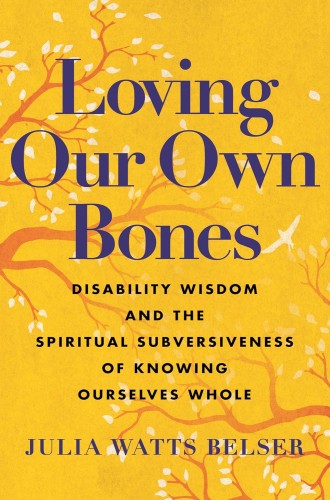Reading scripture through the experience of disability
Julia Watts Belser sees in the Torah a God who is in love with the creative possibilities of difference.
Julia Watts Belser has written a book about joy, a political manifesto, a cry from the heart, and a spiritual companion. A queer and feminist rabbi, spiritual teacher, scholar of disability in both Jewish and Christian traditions, and disability activist, Belser carries all of these identities with strength, grace, and determination. Her writing is both intimate and eloquent.
Disability politics are a provocative challenge to prevailing notions of human value, according to Belser. Disability is a normal fact of her life and an essential part of her being. She was born with cerebral palsy, and her life has been shaped by structures of exclusion. Disability, she writes, is a dimension of human diversity worthy of acceptance and respect, especially in religious spaces.
Religious communities often treat disability as a problem to be solved rather than as a dimension of human diversity. She describes an encounter with a visitor at her synagogue who demands, “What’s wrong with you?” She has often parried the same query from curious passersby and congregants. “What’s wrong with me has more to do with exclusion, objectification, pity, and disdain than with honest muscle and bone,” she writes. When it comes to religious life—and all of life—Belser simply wants equity and access.





